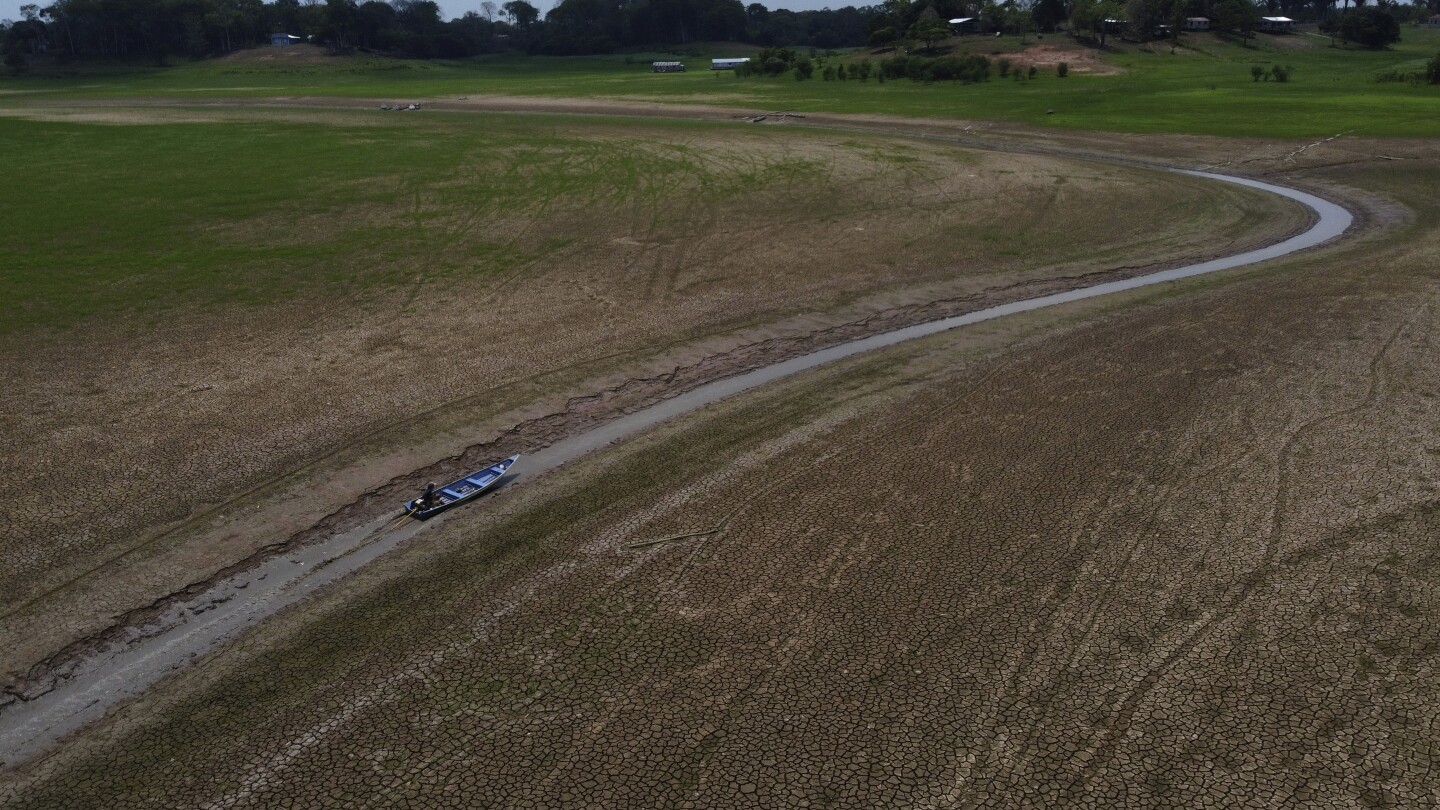Human-induced global warming, and not El Niño, was the primary driver of last year’s severe drought in the Amazon that sent rivers to record lows, required deliveries of food and drinking water to hundreds of river communities and killed dozens of endangered dolphins, researchers said Wednesday.
Both climate change and El Niño contributed about equally to a reduction in rainfall. But higher global temperatures were the biggest reason for the drought, according to World Weather Attribution, an initiative that brings together climate scientists to rapidly analyze extreme events and their possible connections to climate change.
The drought was agricultural, combining reduced rainfall with hotter conditions that evaporated moisture from plants and soil. It was that heat-driven evaporation that was critical in the drought’s severity, said study co-author Friederike Otto, a climate scientist at the Imperial College of London.
“What is now about a one-in-50-year event would have been much less likely to occur in a 1.2-degree cooler world. If we continue to warm the climate, this combination of low rainfall and high temperatures will become even more frequent,” Otto said at a news conference Wednesday.



What? Who could even ever have predicted that?!?! Shocked Pikachu